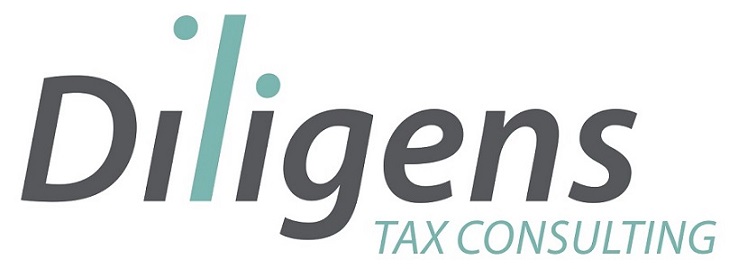Procedure for the rectification of VAT charged. Refund of undue paid tax or regularization through tax return? Judgment of March 17th, 2016 from Economic-Administrative Court
The VAT Act establishes in its article 89 the procedure for the rectification by the taxpayer of the VAT charged when occurs the causes that give rise to the amendment of the tax base regulated in article 80 of the Act. In particular, when the correction involves a reduction of the quotas initially charged, the Law sets two options for the taxpayer: either to apply for the refund of undue paid tax or to regularize the tax situation through the VAT return of the period in which the rectification must be made or in the subsequent ones up to a year from the moment that rectification should be made.
However, not always can be chosen by the taxpayer one of the two options since, as points out the Economic-Administrative Court (TEAC) in its judgment of 17 March, the first one, i.e. the application of undue paid tax, only applies when the VAT has been “unduly” charged, which sometimes is not easy to interpret.
Through this resolution, the TEAC assesses the case in which, by virtue of a 2011 Supreme Court’s resolution, a purchase-sale transaction that took place in 2001 and for which the VAT is charged, was declared as cancelled with effect from 2004, for which reason the taxpayer, following instructions of the Court, did request the refund of output VAT to deposit it in the Court once returned by the tax agency.
But to the surprise of the taxpayer, the tax administration just answered that the procedure to claim for the undue tax paid was barred by Law in 2006, without grant, therefore, the refund. Before the appeal brought by the taxpayer, the tax administration did only expose the same arguments, being subsequently the Regional Economic-Administrative Court who, by virtue of the provisions of the foregoing article 89, set the correct procedure that should be followed by the taxpayer (regularization through the VAT return of the period in which occurs the rectification) but making express mention that the taxpayer had not issued a rectifying invoice for the purposes of amending the tax base and rectifying the output VAT, therefore limiting their right to refund.
However, considering the appeal filed before the TEAC, the Court complains the tax agency to have not applied in its resolution the due diligence to deal in accordance with the correct procedure, since the taxpayer did not expressly applied for an undue tax paid procedure but he just applied for the refund of VAT according to the instructions from the Court.
For such purposes, the TEAC analyses firstly what procedure must follow for proper rectification of output VAT quotas in the event that it involves a reduction of the initially charged, under the rule established in article 89 of the VAT Act. As mentioned above, the court reaffirms the criteria by which the taxable person can choose to initiate a refund of undue tax paid procedure or regularize through the VAT return of the period in which occurs the correction, but only when there is actually an “undue” payment, since otherwise can only follow the procedure of regularization through the VAT return. In this sense, if the VAT is unduly charged either because it had not to be charged or because it must have done for a lower amount, will be an “undue” payment, while if the VAT charge was “due” because the transaction was carried out and the tax rules were applied correctly, a subsequent adjustment to the taxable base because the transaction is declared as null by a court judgment does not alter the nature of due payment at the time of the tax point, thus must follow in any case the regularization procedure.
However, the Court also mention that in order to correctly apply for the regularization through the VAT return, the requirements set out in the Law should be followed, i.e.: to amend the tax base and the VAT quota charged through the issuance of a rectifying invoice and to regularize by means of including this modification in the VAT return of the taxpayer. But these requirements were not met by the taxpayer in this case.
Notwithstanding this, the TEAC openly express its disappointment with the performance of the tax administration which, at the request of refund filed by the taxpayer, only solved the case with a vague barred by Law motivation. In the opinion of the Court: “Administration should qualify the claims of the taxpayer and give response, a response tailored to the particular case, answer that certainly was not the prescription, but had to indicate that in order to carry out the rectification intended for the refund had to issue a rectifying invoice, and for this reason it could have denied the rectification. But did not do so, nor for the appeal, so we find that from the request to date, almost five years have passed, and the entity cannot issue the rectifying invoice now”.
Therefore, considering the incorrect actions of the tax administration, the adverse effects intended by the tax administration derived from the inability to issue the rectifying invoice, cannot be attributed to the taxpayer, so the Court, once recognized the correct procedure, authorizes the entity for issuing the rectifying invoice to amend the tax base and the VAT quota, without that can be understood this as issued after the deadline, and to start the procedure laid down in article 89.Five by regularizing the situation for the refund of the VAT, by reporting it through the VAT return of the period corresponding to the rectification.
Attached is a copy, in Spanish, of the judgement of the TEAC with resource number 3868/2013.
Click here if you want more information about our VAT services or you can contact us at info@diligens.es




